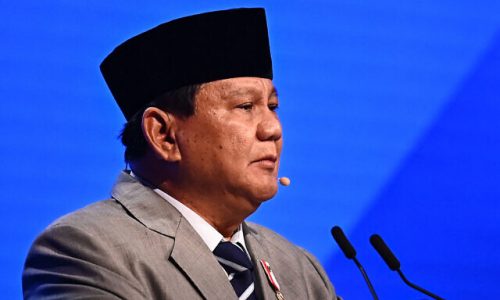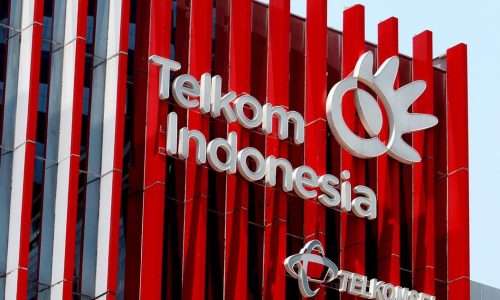PT Dayamitra Telekomunikasi Tbk (Mitratel) has increased its capital expenditure (Capex) from previously IDR10 trillion to IDR14 trillion on telecommunication towers and fiber optics.
Founded in 1995, Mitratel is a subsidiary of state-owned telecommunication giant PT Telekomunikasi Indonesia Tbk (Telkom), which owns 78% of the company’s shares. Mitratel focuses on the provision and management of telecommunications infrastructure since 2008. The company currently operates more than 28,500 telecommunication towers nationwide. Almost every Indonesia’s cellular operators has become the company’s tenant by placing their base transceiver stations (BTS) device on the towers.
The IDR 14 trillion Capex budget will be used to develop telecommunications infrastructure. Up until July 2022, Mitratel Investment Director Hendra Purnama said the Capex realization has reached IDR12 trillion. The company has built 581 new towers during the first quarter of 2022 and acquired 6,000 of Telkomsel’s tower on July 29, 2022. Telkomsel is another subsidiary of Telkom, which owns 65% of its shares.
“Our capital spending increased due to the acquisition of towers from 3,000 to 6,000 towers. So the Capex increased to IDR14 trillion,” Purnama said on August 2, 2022.
The remaining of the IDR2 trillion Capex will be used for organic expansion by building new towers instead of buying them, targeting to build 1,000 towers instead of its previous target of 750 towers. In addition to towers, new fiber optics networks are also being developed by Mitratel, targeting 9,000 kilometers (kms) of new fiber optic networks.
“We targeted 6,000 kms of fiber optics early last year. Until the first semester we were able to get an order of 8,000 kms. We are confident that by the end of this year we can build 9,000 km of fiber optic networks throughout Indonesia,” Purnama added.
Data from the World Bank say that 94 million adults in Indonesia did not have access to the Internet on their mobile devices and fewer people have access to fixed broadband internet in 2019, or nearly 80% of those living in rural areas. The condition may provide untapped opportunities for telecommunications infrastructure. However, the nature of the archipelago and its rough land in rural areas are a challenge towards the development of telecommunication infrastructure in Indonesia.










